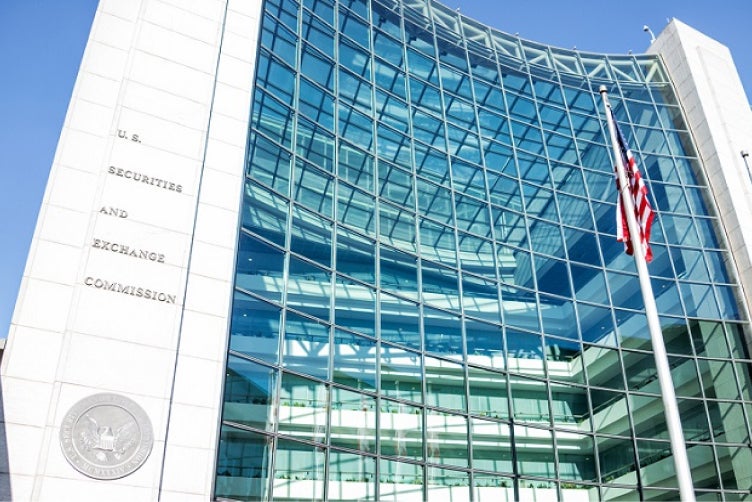Each year, the SEC’s Enforcement Division issues an Annual Report summarizing its activities and initiatives in the most recent fiscal year. The 2018 report, released on November 2, 2018, shows an increase in enforcement actions and penalties ordered over the previous fiscal year’s results, and show the Division’s commitment to protecting retail investors.
Enforcement Division Activity by the Numbers
In spite of a decrease in SEC staffing and resources over the past two years, the total number of enforcement actions brought in fiscal year ended September 30, 2018 grew by 8.8 percent over fiscal year 2017 (821 enforcement actions vs. 754 in the previous fiscal year.) 490 of those actions in the most recent report were standalone actions, compared to 446 standalone actions in the previous fiscal year.
Penalties ordered also jumped by 72.9 percent, from $832 million in fiscal year 2017 to $1.439 billion. However, disgorgement of profits in 2018 actually decreased from the previous fiscal year’s numbers by 15.2 percent.
Types of Cases Brought in Fiscal Year 2018
It can also be insightful to look at what types of cases the SEC is bringing against firms and individuals. Approximately 25 percent of the standalone actions the SEC brought in fiscal year 2018 related to securities offerings, followed by investment advisory issues (approximately 22 percent), issuer reporting/accounting and auditing (approximately 16 percent). Broker-dealer misconduct, insider trading, and market manipulation cases made up the remainder of the SEC’s enforcement actions.
Keeping an Eye on Five Key Principles
Of course, numbers of enforcement actions and penalties, and types of cases only tell part of the story. The Division of Enforcement’s co-Directors advocated in the report for analyzing the department’s effectiveness based on how well the program helps the Division meet its five key principles:
1. Focus on “Main Street” investors.
While operating with fewer resources, the SEC has sharpened its focus on investor protection. Its Retail Strategy Task Force is one example of how the SEC is continuing to find ways to use technology and data analytics to identify and address potential conflicts of interest, market manipulation, fraud, and more.
2. Focus on individual accountability.
Enforcement actions in 2018, highlighted in the annual report, also show that the Division takes individual accountability seriously, holding senior corporate officers accountable for their actions.
3. Keeping pace with technological change.
One year after the creation of the SEC’s Cyber Unit was announced, the SEC remains focused on addressing the risks investors and firms face from cyber criminals. 20 of the standalone cases brought in fiscal year 2018 related to cybercrime, and the report indicates another 225 cases were ongoing at the end of the fiscal year.
4. Imposing remedies that most effectively further enforcement goals.
In addition to monetary penalties and disgorgement of profits, the Enforcement Division’s report indicated its willingness to tailor remedies to fit the circumstances. For example, in the case of Theranos, Inc., the Division ordered the company’s CEO to relinquish voting control and not profit until the company returned $750 million to investors.
5. Constantly assessing the allocation of SEC resources.
The report noted the SEC’s resource shortage, as they are still under an agency-wide hiring freeze implemented in 2016. With a 10 percent decrease in staff positions across the agency, the Enforcement Division has had to do more with less. Leveraging technology has been key in helping the agency stay focused on investor protection.
Takeaways for Financial Firms
Looking in the rearview mirror at the Enforcement Division’s Annual Report can’t tell firms with certainty what to watch out for in the coming year, but it can provide a lens to help you refine your compliance program.
Firms should ensure their compliance policies and procedures are current, cover the organization’s activities and risks, and are working as intended. Because the SEC is relying heavily on technology to protect investors, firms need to do the same. Leveraging compliance technology can improve the adequacy and effectiveness of your organization’s compliance program, minimizing the risk that your organization, its stakeholders, or employees will be memorialized in a future SEC Enforcement Division Annual Report.
